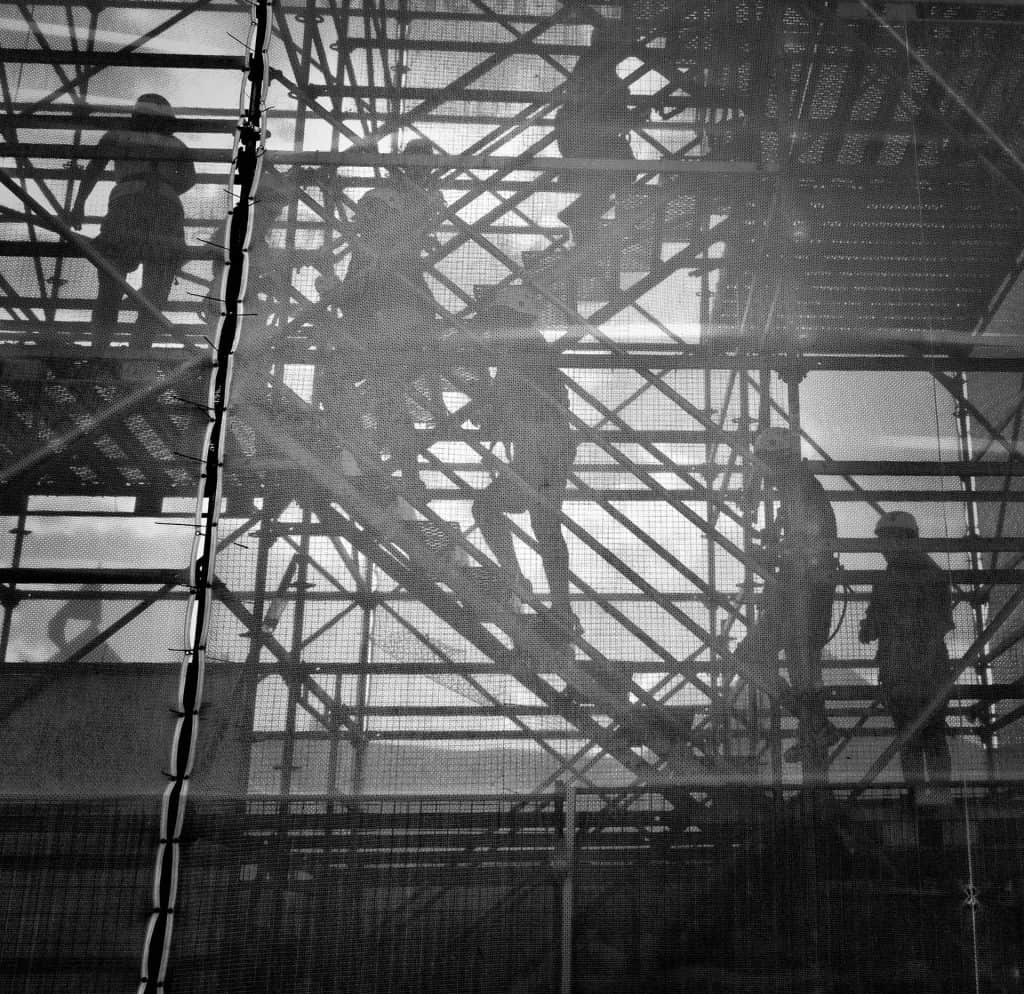
Carillion – The Fall of a Giant
Tuesday 16th January 2018
And so yet another contractor collapses; although, on this occasion, the shock waves are that much greater. The bigger they are, the harder they fall. Although the media is focussing heavily on the political angles to the story, the causes of Carillion’s demise are, I suspect, likely fairly typical of any contractor insolvency, and serve as a timely reminder to everyone of how things can go wrong.
From what we can see already in the news reports and radio interviews, there is a suspicion that Carillion was consistently under-pricing its services in order to win tenders. It may have been doing so deliberately to chase turnover, but of course this eventually impacts hard on profitability. It is also possible that Carillion was simply estimating its costs insufficiently when submitting tenders, and this reminds us all of the importance of spending the right amount of time and care in pricing for any job. It is also possible that Carillion was not good at estimating how long it would take to complete its projects, with the consequence that it began to shoulder an ever growing burden of “delay damages” for late completion. Estimating a realistic programme on any construction project is a complex exercise, but on the mega projects with which Carillion was involved this must have been a massive challenge. Project delay can easily become a “runaway train” leading to a nasty crash at some point. However difficult all of these risks might be to manage, if a contractor wants to sit at the “major contracts” table, it must devote great care to consider and make adequate provision for such risks. In the “age of austerity” over the last 10 years I wonder whether sufficient care and resource has gone into this risk management where the business priority may have been to ensure that the order books stayed full to provide short term reassurance to shareholders.
Having said that, it is also perfectly possible that Carillion, like many contractors before it, may not be entirely its own fault. We understand that nearly 40% of its work was with the public sector. Let’s face it, public sector procurement has an awful track record in terms of hugely lengthy and costly tender procedures, lack of precision over the designs or specifications for the end product, regular changes to what is required, and delays in the provision of information needed by the contractor. These frequently lead to projects where the contractor ends up shouldering huge cost overruns in the false expectation that these will all eventually be reimbursed by the client. When the extra money fails to materialise, or is delayed, this creates huge pressure on cashflow, especially when the contractor’s supply chain still needs to be paid.
The detail will no doubt come out in future exhaustive reports, long after the event, and hopefully Carillion staff and suppliers will be looked after properly by the Government in this moment of crisis. However, it is possible that any future report will merely confirm what we already suspect to be the various causes of this latest collapse. In an industry where profit margins are almost unsustainably low, and clients want ever lower costs, there may simply not be enough allowance made for risk. Ultimately, if clients will not pay enough for contractors to be able to manage risk better, we will continue to see stories like Carillion’s. Contractors are under so much pressure to reduce their own costs and to win work that they are perhaps losing sight of the old-fashioned virtue of pinning down all the detail and risk right at the start.
